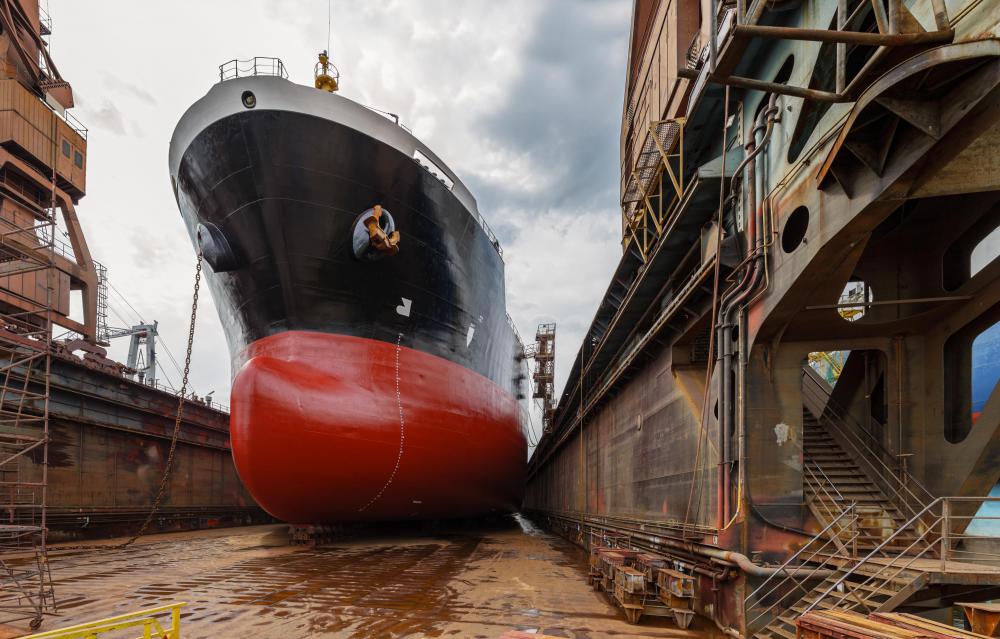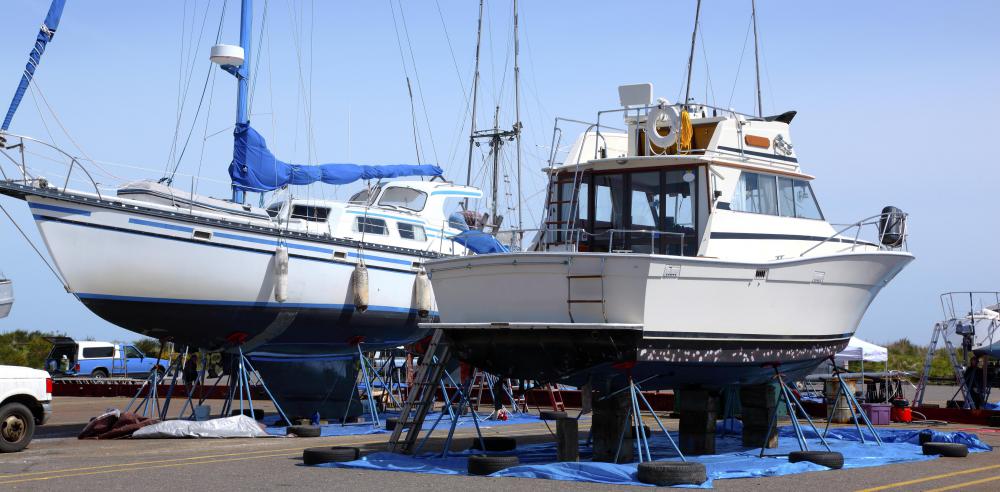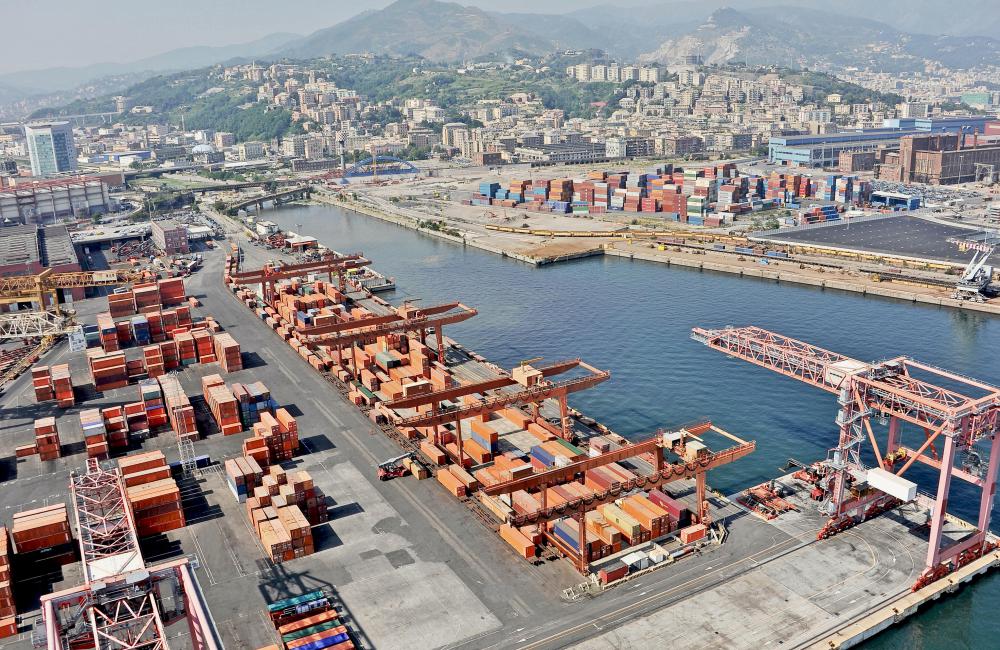At PracticalAdultInsights, we're committed to delivering accurate, trustworthy information. Our expert-authored content is rigorously fact-checked and sourced from credible authorities. Discover how we uphold the highest standards in providing you with reliable knowledge.
What does a Shipfitter do?
A shipfitter, also commonly referred to as a shipbuilder or shipwright, builds and repairs ships. The ships may be used for armed forces defense, as passenger vessels or to transport goods and merchandise. He may work for a private company or his position may be related to a military classification.
The term shipfitter generally refers to the largest segment of employees involved in shipbuilding and repair. The category typically includes pipe fitters, welders and coremakers. Riveters, tool and die makers, caulkers and patternmakers are also generally part of this group of shipfitters.

The skills of a shipfitter are normally needed for all types and sizes of water-faring vessels. He may work on smaller boats and barges such as towboats and tugboats that assist larger vessels as they come into port. If he is employed by a larger shipyard, the types of ships he works on usually include tankers, aircraft carriers, submarines, container ships and icebreakers.

When a new ship is being built, a shipfitter constructs molds and patterns for construction. He bases his designs on blueprints and schematics provided by the ship’s architects and drafters. After he builds the walls, support structures and various parts of the ship, welders traditionally join them together. Caulkers go over the welded parts and seal the joints and seams to ensure they are waterproof.

A wide range of hand and power tools is ordinarily used by a shipfitter. He normally uses these tools for woodworking, measuring and attaching metal fittings, bulkheads and plates to the ship. If parts need to be altered to fit into certain areas of the ship, the shipfitter regularly uses power saws to change the dimensions of both metal and wooden components.

Most shipfitters involved in building new ships and renovating existing ones report to a construction supervisor. The supervisor traditionally directs the activities of all the workers on the project. These employees usually encompass everyone from the architect to the outfitter who puts the finishing touches on the vessel before it is officially launched.

Being a good team player is often considered an important asset for a shipfitter. He rarely performs any shipbuilding task that does not depend on the skills of a co-worker to be useful and complete. Attention to detail is also normally regarded as a plus for a shipfitter, as the minute aspects of his job often affect the seaworthiness of a vessel.
There are usually no educational requirements for this position. Many shipfitters learn their trades as apprentices in the shipbuilding industry or in other trades. A significant number of shipfitters are trained while they serve in the military.
AS FEATURED ON:
AS FEATURED ON:

















Discussion Comments
@Glasis - I think it would be a great job working on ships. The ocean air is so fresh. It has it's downside, but working near the ocean I think is in my blood.
It would probably be better working on smaller vessels than on the really big ships altogether. The big ships, like the cruise lines have, would need special training required anyway.
There are some dangerous parts to this job.
Sometimes you need to do some welding on a big ship and that can be real sketchy.
Underwater welding is one of the most dangerous jobs on the planet. Of course the flip side is you do make a lot of money.
Post your comments